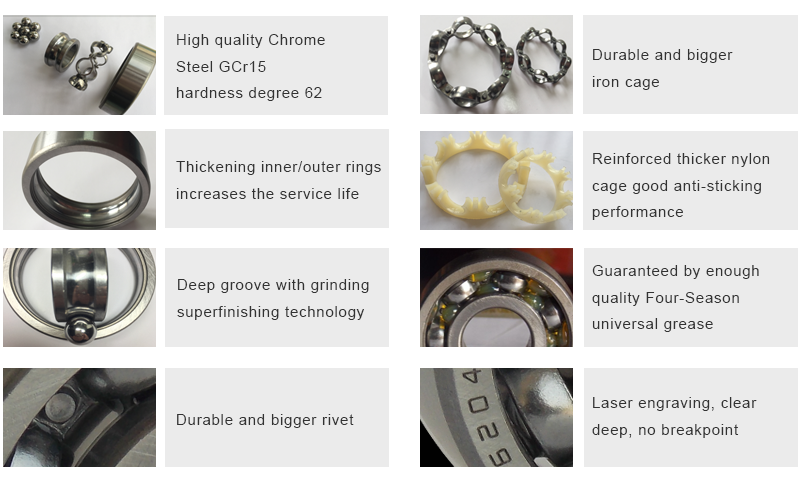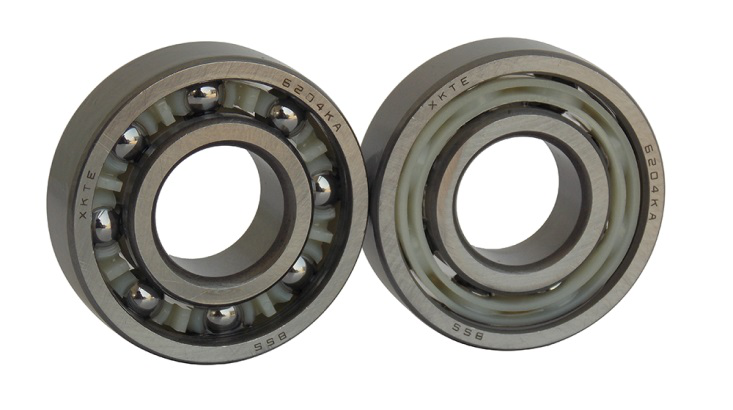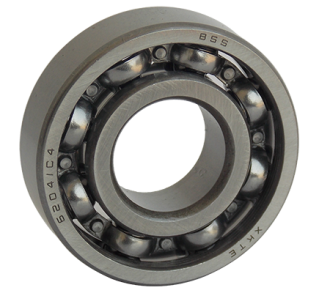Nanocrystals consist of hundreds to thousands of precisely aligned atoms that regulate the absorption and emission of light. At a specific wavelength of light, the crystal structure can be measured by the mode of light absorption.
Nanocrystals have different applications in the fields of biomedical imaging, light emitting devices and consumer electronics. Their unique optical properties come from the type of crystals that make up them. However, one of the major bottlenecks in the development of nanocrystals so far has been the need for X-ray techniques to determine the type of crystal.
Researchers at the University of Illinois at Urbana-Champaign have developed a new optical-based method that identifies the type of crystal by uniquely identifying the ways these crystals absorb light.
"This new capability eliminates the need for slow and expensive X-ray equipment and eliminates the need for a large amount of highly purified material," explains Andrew M. Smith, a bioengineering assistant professor and principal investigator for the project . "These theoretical and experimental insights provide a simple and accurate analysis of nanomaterials dispersed in liquids, which we believe will improve the accuracy of nanocrystal work and our understanding of nanocrystal reactions."
Sung Jun Lim, a postdoctoral fellow at the Smith study group and first author of the paper Optical Determination of Crystal Phases in Semiconductor Nanocrystals, published in Nature Communications, said: "This study is more specific than the standard In this study, we identified the optical characteristics of the cubic and hexagonal phases in Group II-VI nanocrystals using absorption spectroscopy and first-principles electronic structure theory.We have observed that high The spectral characteristics of the energy allow us to quickly identify the phases of matter even in nanocrystals as small as about two nanometers in diameter or only a few hundred atoms in diameter. "
According to André Schleife, an assistant professor of materials science and co-author of the article, the precise combination of experimental experimentation with cutting-edge theoretical spectroscopy in this work is a demonstration of modern nanotechnology. The optical crystal structure analysis produced by this collaboration provides a new and powerful ability to continuously measure phases during the synthesis and processing by absorption spectroscopy, which may be simpler and faster than solid phase X-ray techniques , High-throughput and possibly more accurate methods of structure characterization.
Open deep groove ball bearings are manufactured without seals to allow for the free circulation of either oil or grease, used in gearboxes and other environments where no foreign matter would be present and a lubricant supply is available. Open type single row deep groove ball bearings are used in a wide variety of applications.
Open deep groove ball bearings are simple in design, non-separable, suitable for high speeds and are robust in operation, and need little maintenance. Open type bearings are cost effective selection.
Feature of our deep groove ball bearing:

Classified according to the Retainer/Cage:
Nylon cage open deep groove ball bearing: Our KA(Nylon retainer) series bearings Obtained MA certification of China Coal Research Institute, safety certificate of approval for mining products (rollers) in China, with good performance of anti-seize and anti-static.

Steel cage Open Deep Groove Ball Bearing: Thicker cage with stronger rivet, which consist more reliable structure.

To be the first class, to do the best quality, to make users satisfied, to ensure customers relieved, are our enterprise purposes. Welcome bearing dealers` and Conveyor Idler manufacturers contact from all over the world, and become our partner.
Open Deep Groove Ball Bearing,Open Type Deep Groove Ball Bearing,Cheap Open Deep Groove Ball Bearing
Shandong Xinkaite Bearing Co., Ltd. , https://www.idlerbearing.nl